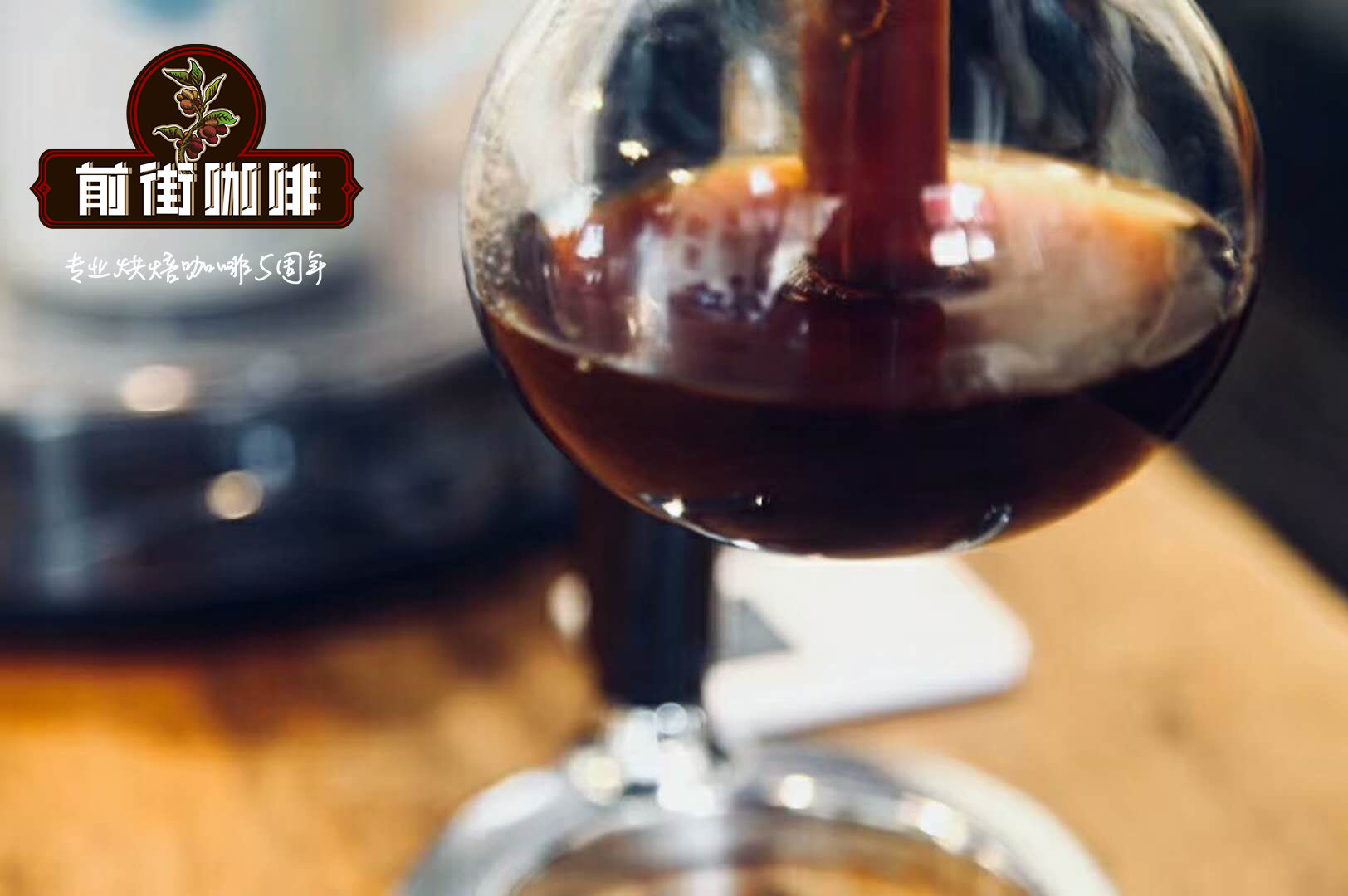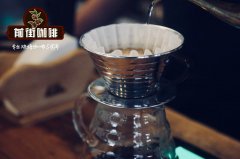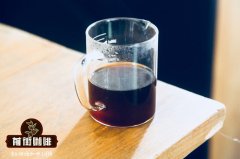What is the good coffee in India _ introduction to the flavor of Indian coffee _ recommendation of Indian black coffee beans

Professional coffee knowledge exchange more coffee bean information please follow the coffee workshop (Wechat official account cafe_style)
"alternating dry and wet" Indian coffee
In the past era of navigation, India shipped coffee beans to Europe by sailboat. During the six-month voyage, raw coffee beans absorbed moisture and salty taste from the sea, dried and contracted in the sun, resulting in changes in structure and internal chemical reactions, resulting in almost no sour taste and developed a strong nutty flavor.
Inspired by this, the [monsoon] coffee processing process arises at the historic moment. Robusta coffee beans are carefully placed on tropical shores for months during the strongest southwest monsoon season.
After screening and drying, the coffee fruit is removed from the seed shell to become coffee beans, sent to a well-ventilated warehouse and laid on the ground, absorbing moisture from the air and waiting for the baptism of wind and rain.
With the cooperation of nature and coffee farmers, the coffee beans that lasted for three months finally showed a strong and strong coffee quality, filled with wood and spice aromas, recreated the unique flavor of ancient legendary coffee, and finally realized the wish of "classic forever".
In India, the legend of coffee dates back to 400 years ago, when a saint named Baba Budan risked being hunted to bring the magic bean from Yemen to the mountains of what is now Karnataka. Since then, India's southernmost city-states, including Karnataka, Tamil nadu and Kerala, have become India's major coffee producers. Because they are not grown in sunny places, but in shady places, Indian coffee has a unique style. Among them, the most famous is Indian monsoon coffee (Monsooned).
When ● talks about monsoon coffee, the story dates back to the colonial period in the 17th and early 18th centuries, when the British began to grow coffee in India, a land with a suitable soil and water and climate, and then shipped it back to Europe by sailboat. Due to the long journey (via the Cape of good Hope at the southern tip of Africa), it takes six months for a trip. The coffee beans are placed on the bottom of the shipyard, absorbing the moisture and salty taste of the sea. The raw beans have already gone bad when they arrived in Europe. The color has changed from dark green to rice-like yellowish brown. The acidity of the coffee has almost disappeared, but it has unexpectedly developed a strong nutty and cereal flavor. It tastes full, with a bit of black rice tea flavor. Unexpectedly, Scandinavians like this golden alternative coffee and call it "monsoon coffee".
● time developed into the 19th century, and in 1896, with the opening of the Suez Canal, the sea voyage time between India and Europe, but surprisingly, Indian coffee orders also drastically reduced, the reason for European customers: Indian coffee has gone sour, not only lost its strong nutty flavor, but also lost the charming golden yellow of the past. Indian coffee exporters scratched their heads and finally thought of the reason. The development of the shipping industry has cut the shipping time of coffee beans to Europe by more than half. The beans have already arrived at the port of destination before they have time to change, and naturally they have lost their original flavor.
Since then, after repeated experiments, Indians have finally found a way to recreate the "monsoon coffee". They built a special wind-stained plant facing west in order to catch the salty monsoon blowing from the southwest. Workers spread sunny coffee beans in the wind-soaked field, the windows are all open, and the wind stains are returned to the bag to a certain extent, but the coffee beans should not be filled too full, and the coffee bags should not be piled too dense to avoid mildew, and it is time-consuming and labor-consuming to pour out coffee beans and change sacks from time to time to avoid mold. The weathering period is about 12 to 16 weeks, and after it is ripe, it has to be fumigated to drive out the weevil, and finally the beans are screened manually to pick out the failed beans that have not turned golden. After three to four months of wind stains, the volume of green coffee beans expanded by one to two times, the weight and density decreased, the moisture content was about 13%, and the quality and quantity changed significantly. As a result, although there is no bumpy experience at sea, the flavor of the coffee treated by the monsoon is similar to that of the previous coffee, and finally won back the hearts of European customers.
● India today, in addition to monsoon coffee, also produces and exports Arabica and Robusta coffee in large quantities. According to the grade, it can be divided into AA, A, B, C and T levels. The "monsoon" coffee is divided into high-quality Monsooned Malabar AA coffee and Monsooned Basanically coffee. All coffee has the characteristics of mellow and full-bodied flavor, which is more suitable for blending and making Italian coffee.
● Indian Coffee Bean Brand recommendation
The Indian coffee beans baked in Qianjie Coffee-Wind-stained Malaba Coffee are fully guaranteed in terms of brand and quality. And more importantly, the performance-to-price ratio is extremely high, a pack of half a pound 227 grams, the price is only about 80 yuan. According to the calculation of 15 grams of powder per cup of hand-brewed coffee, 15 cups of coffee can be made in a bag, and each cup of coffee costs only about 5 yuan, which is very cost-effective for coffee shops to sell dozens of yuan a cup.
Qianjie coffee: Guangzhou bakery, the store is small but a variety of beans, you can find a variety of unknown beans, but also provide online store services. Https://shop104210103.taobao.com
Important Notice :
前街咖啡 FrontStreet Coffee has moved to new addredd:
FrontStreet Coffee Address: 315,Donghua East Road,GuangZhou
Tel:020 38364473
- Prev

Which brand of Indian coffee beans is good? what is Indian monsoon coffee? Is the Indian monsoon coffee good?
Professional coffee knowledge exchange more information about coffee beans Please follow the coffee workshop (Wechat official account cafe_style) Monsoon coffee is a kind of coffee made by special processing. Coffee cultivation on the Indian peninsula originated from their colonists, the British, who were not as addicted to tea as they are now in the 17th and early 18th centuries. In the soil and water atmosphere
- Next

Indian Coffee Historical Origin planting region-Indian Coffee characteristics-introduction to Indian boutique Coffee Brands
Professional coffee knowledge exchange more coffee bean information please follow the coffee workshop (Wechat official account cafe_style) 1. Country profile: India is one of the four ancient civilizations in the world. The Indus civilization was created between 2500 and 1500 BC. In 1600 the British invaded and established the East India Company. It became a British colony in 1757. August 15, 1947, partition of India and Pakistan, India
Related
- Does Rose Summer choose Blue, Green or Red? Detailed explanation of Rose Summer Coffee plots and Classification in Panamanian Jade Manor
- What is the difference between the origin, producing area, processing plant, cooperative and manor of coffee beans?
- How fine does the espresso powder fit? how to grind the espresso?
- Sca coffee roasting degree color card coffee roasting degree 8 roasting color values what do you mean?
- The practice of lattes: how to make lattes at home
- Introduction to Indonesian Fine Coffee beans-- Java Coffee producing area of Indonesian Arabica Coffee
- How much will the flavor of light and medium roasted rose summer be expressed? What baking level is rose summer suitable for?
- Introduction to the characteristics of washing, sun-drying or wet-planing coffee commonly used in Mantenin, Indonesia
- Price characteristics of Arabica Coffee Bean Starbucks introduction to Manning Coffee Bean Taste producing area Variety Manor
- What is the authentic Yega flavor? What are the flavor characteristics of the really excellent Yejasuffi coffee beans?

